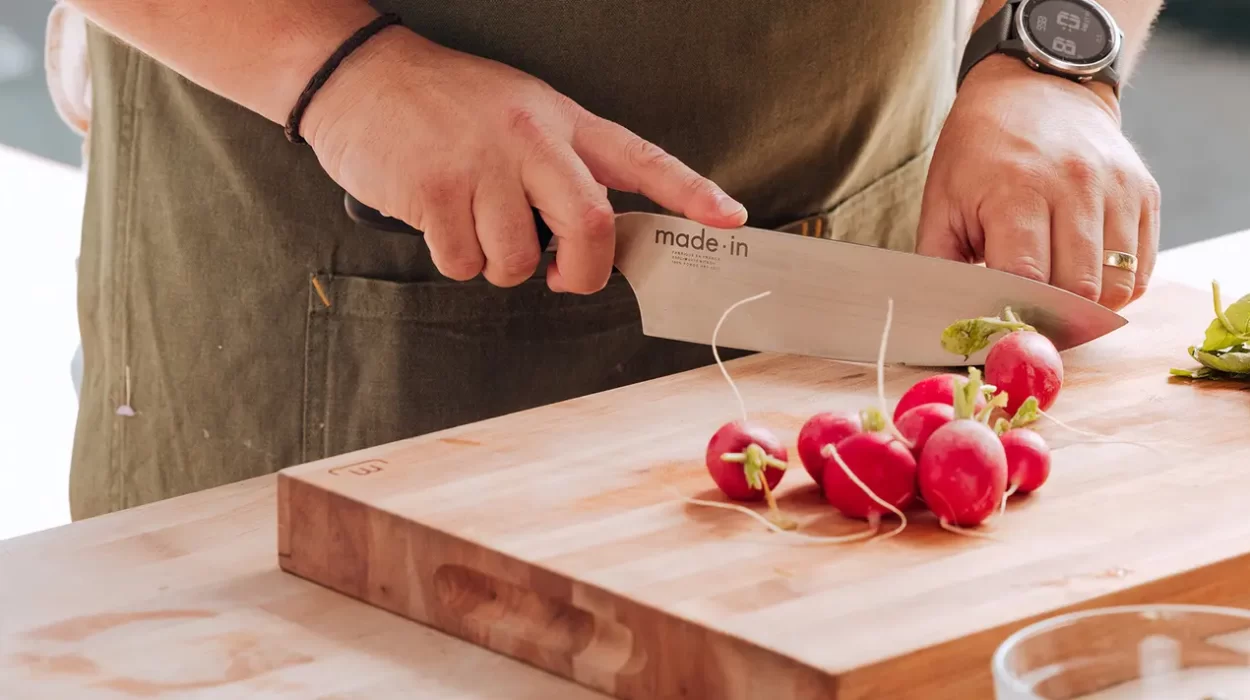Learning how to properly use a knife to cut food is one of the most essential skills for anyone who cooks, whether professionally or at home. This fundamental kitchen skill not only makes food preparation faster and more efficient but also significantly reduces the chances of accidents.
Cutting food properly is an art and a science. By understanding the different techniques, grips, and styles, you can take your cooking to new levels. From slicing vegetables to deboning meat, each maneuver requires precision and confidence that comes with practice and guidance.

The Basics of Knife Selection
Choosing the Right Knife for the Job
Not all knives are created equal. A chefs knife is perfect for most chopping jobs, while a paring knife is better suited for intricate or delicate tasks. Serrated knives excel at slicing bread or soft fruits.
Always pick the correct knife for the task. This ensures ease of use and better control, ultimately improving your kitchen efficiency.
The Importance of a Sharp Knife
A dull knife is not only ineffective but also dangerous. Dull blades require more pressure, increasing the risk of slipping and injuries. Keep your knives sharp with regular honing and professional sharpening when needed. Using a sharp blade also results in cleaner cuts, maintaining the food’s quality.
How to Hold a Knife Correctly
The Pinch Grip
The pinch grip is widely regarded as the most effective way to hold a knife. To use this technique, pinch the blade of the knife just in front of the handle between your thumb and forefinger. This provides greater control and stability.
The Handle Grip
If youre new to knives or find the pinch grip uncomfortable, you can start with the handle grip. This involves grasping the knife handle fully with your fingers. While not as precise as the pinch grip, the handle grip still offers safe and sturdy cutting techniques.
Small Adjustments for Big Improvements
Even small adjustments to how you handle and cut with a knife can make a big difference in your cooking. Ensure you always have a clean work surfaceclutter can lead to unnecessary errors and injuries.
Mastering the Cutting Techniques
The Slice
Slicing involves cutting through food in one smooth motion, perfect for vegetables, fruits, and meats. The goal is to exert minimal pressure while allowing the blade to glide through the food.
The Chop
Chopping is faster and involves a lot of downward force. Ideal for tasks like dicing onions or mincing garlic, this technique emphasizes uniformity in size for even cooking.
The Rocking Motion
This is a popular method among chefs. With the blade’s tip always on the cutting board, the rocking motion allows for fast and efficient chopping.
The Role of Cutting Boards
The type of cutting board you use is just as essential as the knife itself. Wooden boards are ideal for preserving your knife’s edge, while plastic boards are easier to sanitize. Avoid glass cutting boards, which can quickly dull your knife.
Knife Safety Tips
- Always cut away from your body.
- Keep the knife sharp to avoid excess force.
- Store knives properly to reduce accidents.
- Use a stable cutting board.
For more tips on maintaining your knives and using them safely, check out safe knife use guidelines.
Practical Applications
If youre specifically looking to learn techniques like cutting paper or preparing carrots for salad, these guides can help refine your skills further.

FAQs
What is the best knife for beginners?
A chefs knife is versatile and easy for beginners to handle.
How often should I sharpen my knives?
Depending on usage, professional sharpening once every 6-12 months is ideal.
Can I use any cutting board?
No, wooden and plastic cutting boards are advisable to protect your knifes edge.
This article contains affiliate links. We may earn a commission at no extra cost to you.


